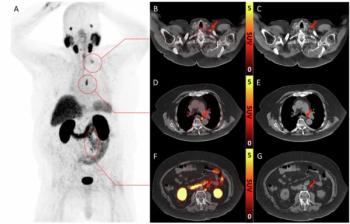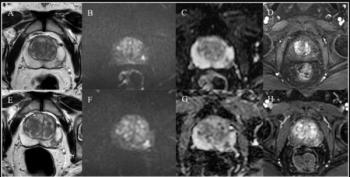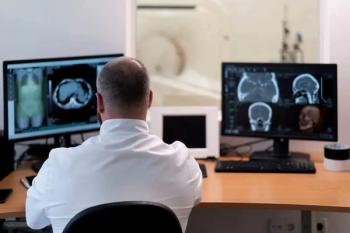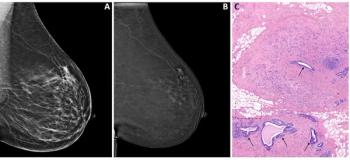
Developing Imaging Informatics Strategic Plans
Experts at RSNA 2017 give examples of imaging informatics strategic plans.
Whether you work for a private practice or academic institution, there is always room for improvement. At RSNA 2017, radiologists were presented with ways to do their jobs better and quicker, and preparing for how their jobs will change in the future.
New formats for radiology reports, new technology for increased efficiency, and patient-centered care are just a few of the issues that can be improved in radiology practices. Strategic planning helps to establish a baseline of current practices and build consensus among stakeholders for improvements to be made over time. Given that informatics and data analytics are central to advancing the practice of radiology, here are several insights from leaders in private practice and academic institutions on how to use and create informatics strategic plans.
Private Practice
One strategic plan from private practice focuses on creating best practices for recommendations for radiologists based on current guidelines. Syed Furqan Zaidi, MD, from Radiology Partners, mentioned that this approach can really pay off as the economic savings data generated from adhering to best practices for recommendations has led to several contracts with value-based payers. These best practices not only save money, but they also save patient lives through recommendations that provide appropriate surveillance timelines and surgical consultations. Also, private practices partnering with academic institutions and signing a co-management agreement creates alignment in goals and strategic plans, both sides benefit and see improved quality and outcomes. This co-management partnership provides the opportunity for both organizations to demonstrate their value.
Academic Institution
Cree M. Gaskin, MD, associate chief medical information officer and vice chair of informatics for the radiology department at the University of Virginia, noted that departments are complex and vary across institutions, however we can all benefit from sharing what has worked in our own unique situations. For an academic setting, keeping radiologists engaged is necessary for an optimal system that balances technological advances and basic day-to-day functions. He recommended having a radiologist that can communicate to both clinical and technical audiences as the leader that guides informatics development. At an academic institution, it is necessary for this individual to have protected time and funding, as the role is extremely demanding and without this security, change in radiology informatics is unlikely to happen. Three advances that the University of Virginia has made through their medical imaging informatics initiative are:
1. Flagging patients in the schedule who have special concerns and safety issues, such as putting the image of a child next to a woman on the schedule who is pregnant or highlighting a patient’s name in red who is in renal failure and cannot handle contrast dye.
2. Merging the PACS and EHR so that the radiologist can see relevant information about the patient as they are completing the study.
3. Decision support tool that can provide reference to normal annotated images to compare with the patient’s images and help detect abnormalities.
The Strategic Plan Lifecycle
This strategic planning process is not quick, and it does not end, there is a need to continue to revisit and edit your strategic plan as goals and projects change, said Christopher J. Roth, MD, from Duke University. There are more projects to do than anyone has time for that are included in strategic plans, but if departments and stakeholders are aligned with the strategic plan, it is easier to move forward and make progress implementing new technology and advances for medical imaging and informatics. Radiology Partners ‘Zaidi encouraged a culture of change for radiology, “We need to address the gaps now before we are forced to by someone else. And we need strive to be the best radiologists possible, the winners will be the radiologists who deliver value.”
Newsletter
Stay at the forefront of radiology with the Diagnostic Imaging newsletter, delivering the latest news, clinical insights, and imaging advancements for today’s radiologists.






























